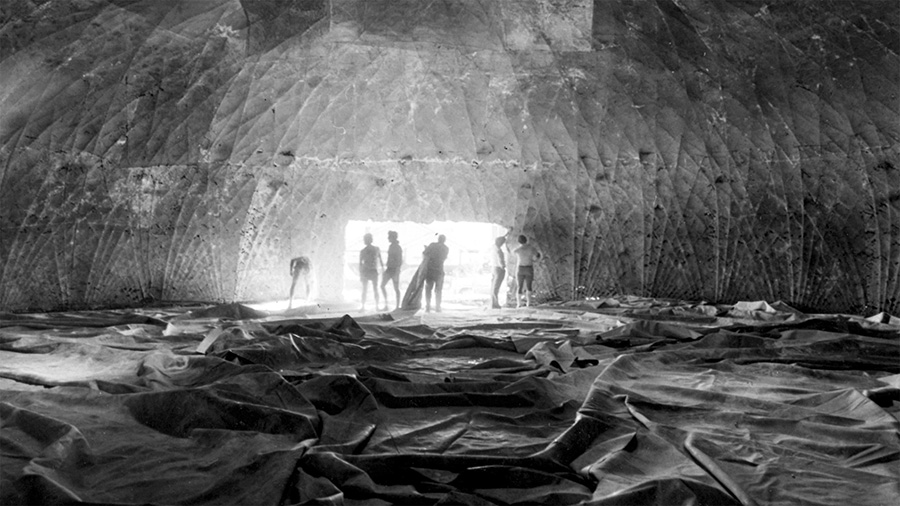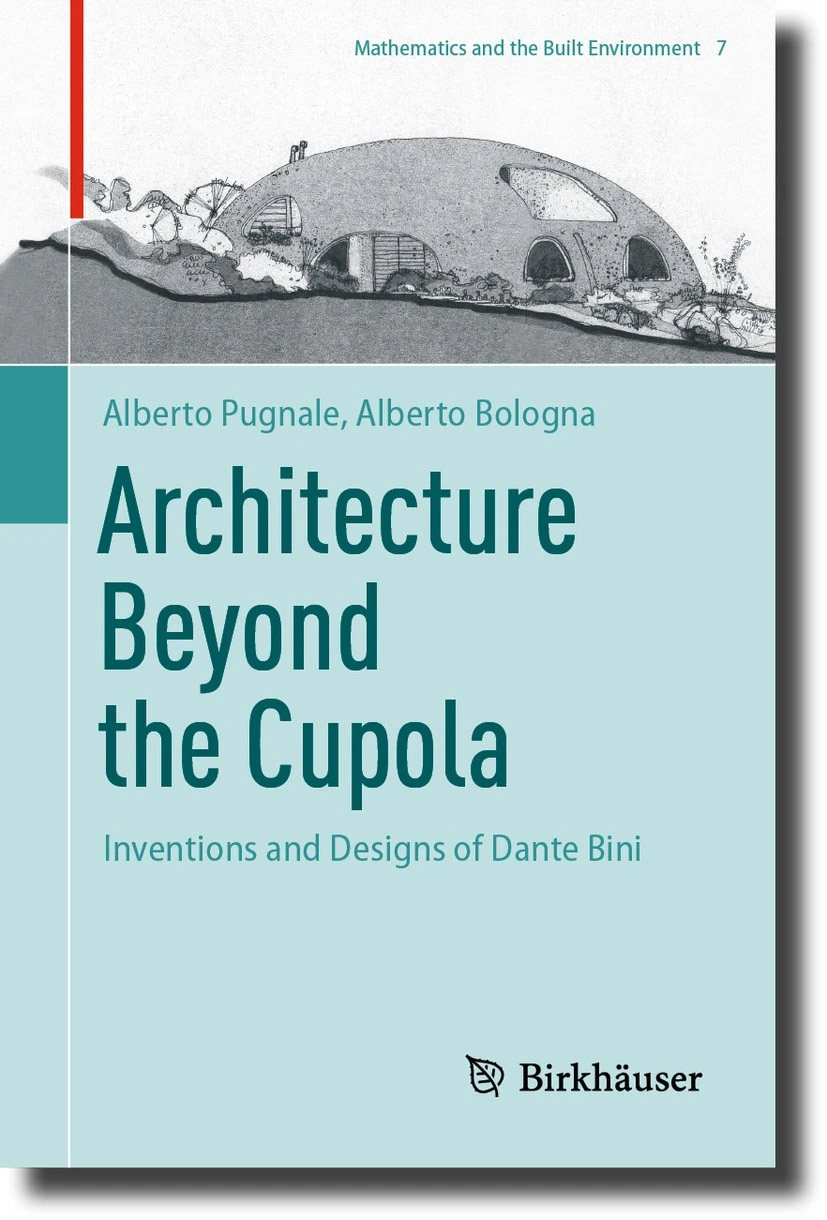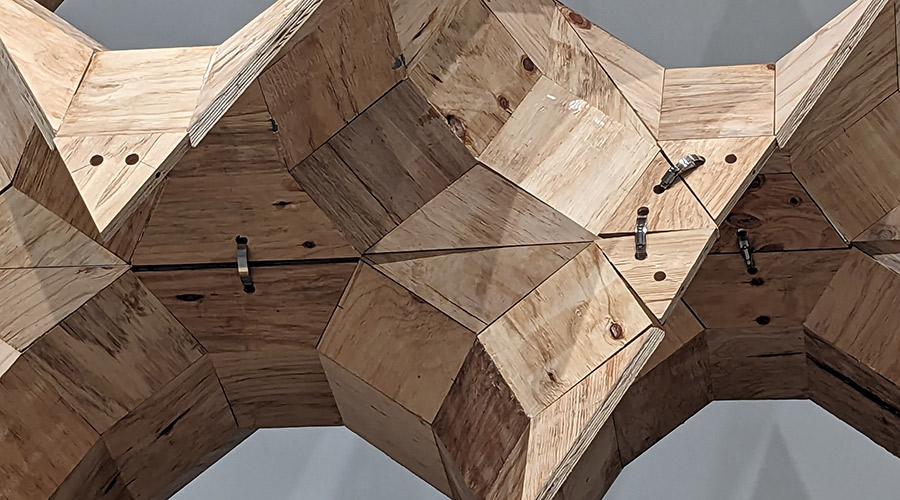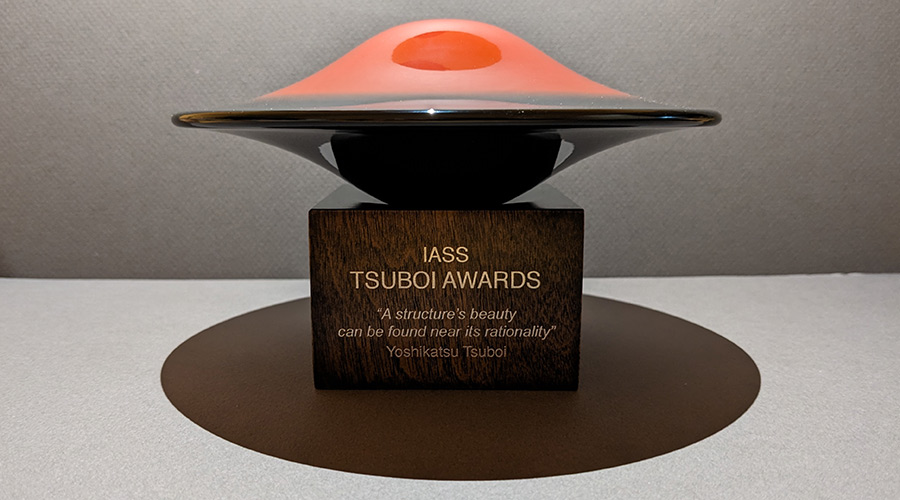Our new book 'Architecture Beyond the Cupola: Inventions and Designs of Dante Bini' is now available for purchase through the Springer website as a hardcopy or eBook.

New book: ‘Architecture Beyond the Cupola: Inventions and Designs of Dante Bini’
The book focuses on the architectural design challenges and compositional implications of designing shell structures by means of automated construction techniques. The purpose is to disseminate Dante Bini’s inventions, designs, and built projects, while contextualising his work within the cultural period in which he grew up. At the same time, the ambition of the authors has been to explore the past to better understand the current trends and developments in digital design and fabrication, to inspire and inform the potential future uses of innovative construction automation techniques and the next generation of new architectural forms and languages.

This book reviews Dante Bini’s inventions and designs, focusing on his form-resistant Binishell and other pneumatic construction systems. Dante Bini’s double profile of architect and builder underpins the narrative of the entire book. It is used to analyse the evolution of the early reinforced-concrete Binishell patent into a variety of automated construction systems based on the use of air. Dante Bini has always been quite proactive in promoting his work and disseminating the results of his experimentations and achievements via journal articles, conference presentations and public talks; promotional brochures in multiple languages were also prepared to export and license his patents in various countries, from Italy to the Americas and Australia. Despite this, a rigorous study of Dante Bini’s work is still unavailable, and the relevance of this figure to contemporary architecture has yet to be discussed comprehensively. This book fills in this gap and arrives at the right time: during the last two decades, there has been an exponential interest in shell and spatial structures, particularly concerning the use of complex geometries and innovative construction techniques. This book will be of interest to academics in architectural design, theory and construction history, and practitioners and students interested in expanding their knowledge in the design and construction of shell and spatial structures.

